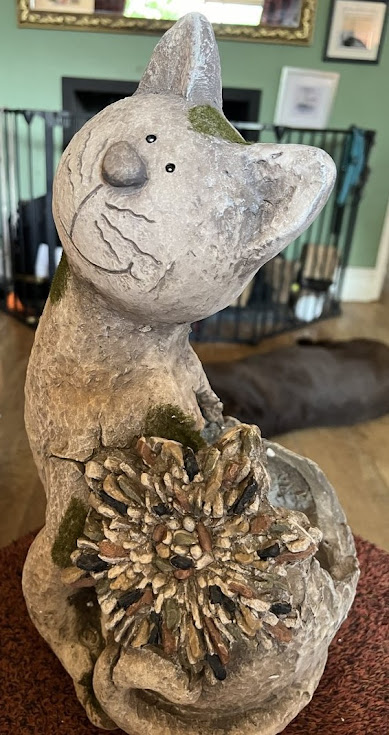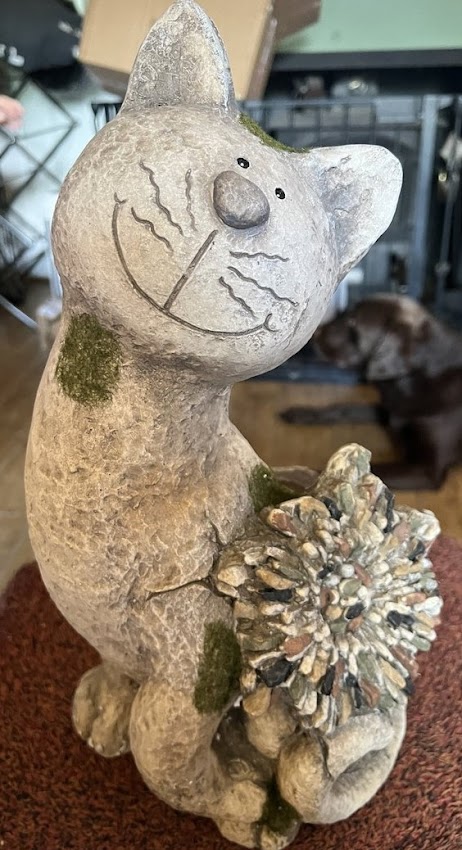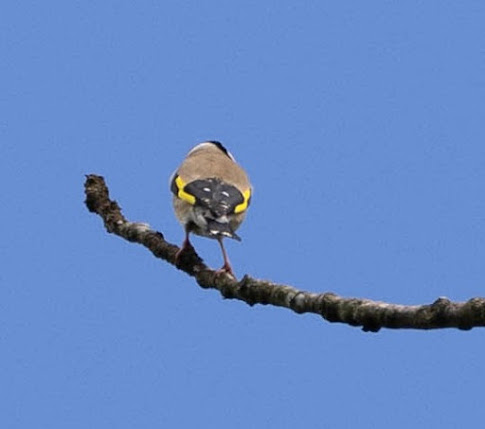Regimental
mascots
Image courtesy Wikimedia CommonsA regimental mascot, also known as a ceremonial pet or military mascot differs
from a military animal, in that it is not deployed for any purpose other than
ceremonial. Since the 18th century, British army regiments have
adopted mascots, to bring luck and strengthen morale among the troops.
Some mascots
have official status, with a regimental number and rank, and can be promoted or
demoted, according to their behaviour. For example, Lance Corporal Billy
Windsor, the goat mascot of the 1st Battalion, the Royal Welsh, was demoted to
fusilier in 2006, charged with unacceptable behaviour and disobeying a direct
order. He had marched out of line, in front of Queen Elizabeth II, and
attempted to head-butt the drummers. He eventually regained his former rank and
retired to Whipsnade Zoo three years later.
While he
was the regimental mascot, he received two cigarettes a day to eat and a drink
– maybe a pint! – of Guinness.
The Royal
Welsh and their predecessors have maintained goats as mascots since the 1770s. The
legend is that during the American War of Independence, at the 1775 Battle of Bunker
Hill, a wild goat wandered onto the battle field and led the Royal Welsh
Fusiliers’ colour party from the field. From that time the Royal Welsh have
always had a goat as their mascot. The current mascot is Lance Corporal Shenkin
IV, 3rd Battalion, the Royal Welsh.
Image courtesy Wikimedia Commons
A more
unusual mascot was a Bengal tiger, who was named Plassey after the famous
battle of 1757. He belonged to the 102nd
Regiment of Foot (Royal Madras Fusiliers) and in 1870 he travelled with them
and two leopards, to Dover, where he lived at the regimental base. He was not
chained and wandered at will, but had a habit of frightening the local populace and so was given to
London Zoo, where he died seven years later.
The cap
badge of the Royal Dublin Fusiliers, successors to the 102nd Foot,
depicted a tiger, a symbol in Indian culture of grace and strength. The Royal
Dublin Fusiliers were disbanded in 1922, following the establishment of the
Irish Free State (Eire).
The Staffordshire
Regiment has as its mascot a Staffordshire Bull Terrier, always named Watchman.
The current holder is Lance Corporal Watchman VI. Their association started during
the Egyptian War in 1882. When leaving Cairo by train, the South Staffordshire
Regiment were accompanied by their bull terrier, Boxer. He was frightened when
the train started and jumped onto the tracks. He was assumed to be dead, as he
lay so still. A few days later, having arrived at their destination, the
soldiers noticed a dog following them. Remarkably, it was Boxer, who had run 200 miles across the desert to rejoin his regiment.
Image courtesy Wikimedia CommonsOther
mascots include a Shetland pony, a Welsh mountain pony, an Irish wolfhound and
a ram. The 2nd Battalion the Royal Yorkshire Regiment has two ferrets,
Imphal and Quebec.
Image courtesy Wikimedia CommonsIn other
countries, the mascots can be unusual. Major General Sir Nils Olav III, Baron of
the Bouvet Islands, is a King Penguin and Colonel-in-Chief of the Norwegian
King’s Guard. He lives at Edinburgh Zoo.
Meanwhile,
in Australia, the 5th Battalion, Royal Australian Regiment, has Quintus
Rama as their mascot. He is a Sumatran tiger and accompanies them during
military parades. The 2nd Cavalry Regiment has a wedge-tailed eagle,
Courage, the 3rd Combat Engineer Regiment has a dingo called Wooly, and
the 1st Aviation Regiment has a peregrine falcon called Penny Alert.

.jpg)






























.jpeg)
















